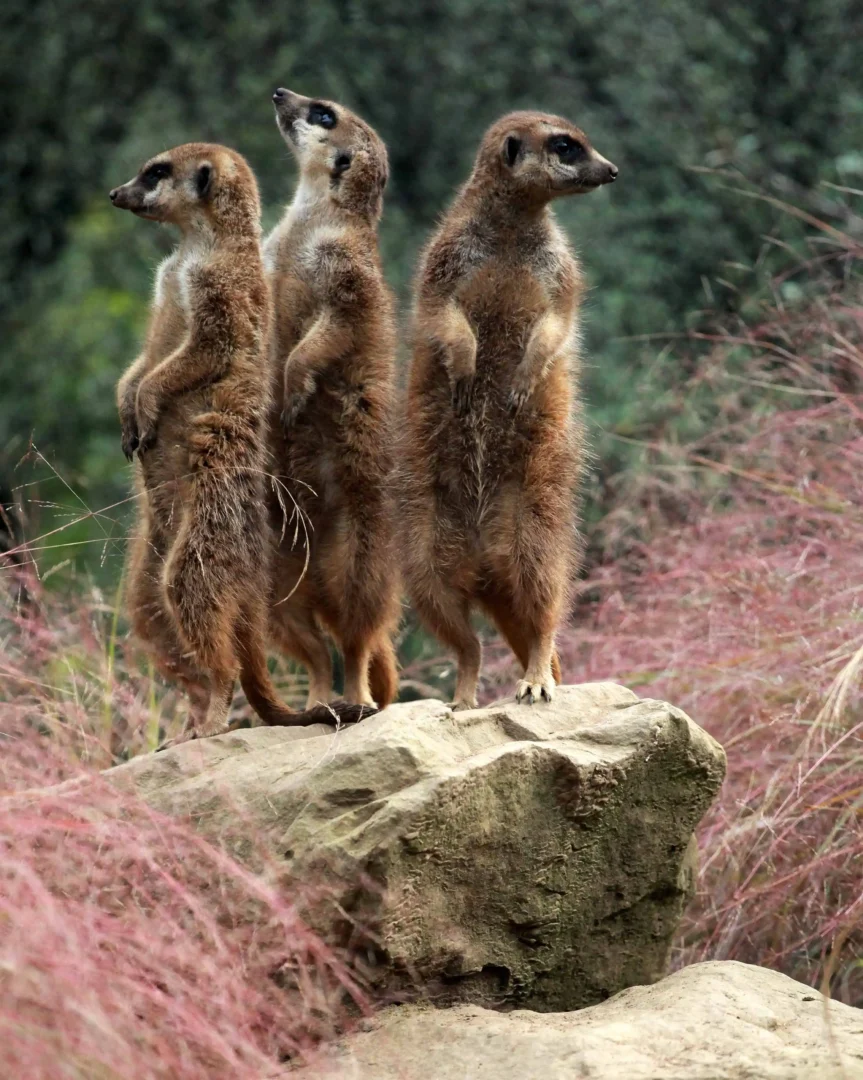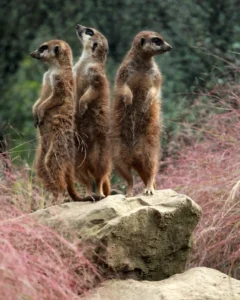Authors sometimes bandy about buzzwords that may make no sense to novices but are useful shorthand for certain aspects of writing. Only when they are explained does it become apparent what a handy shorthand they are.
Perhaps the most perplexing of these buzzwords comes in the question “Are you a plotter or a pantser?” Pantsing doesn't mean you write wearing pants (though surely plenty of authors do that too) – it refers to write as if flying by the seat of your pants, i.e. making it up as you go along.
Pantsing is the antonym of plotting i.e. planning in advance the shape of your story so that you know before you start writing the beginning, the middle and the end, and in varying degrees of detail what happens a long way.
Fifty Shades of Plotting
Some authors find plotting in detail an essential part of the process. The security of a complete roadmap provides them with a skeleton on which to place the detail of the story. This structure allows them then to focus on the development of character, place, and theme, etc, without worrying about the direction.
Perhaps the most extreme approach is to use Randy Ingermanson's snowflake method, as described in ALLi author Richard Denning's guest post, to which you'll find a link at the end of this article.
Not everyone goes into such detail, and some ignore the prospect of plotting altogether.
Pantsing, Lee Child Style
Lee Child, for example, makes no secret of starting some books with a single sentence, having no clue as to where it might lead until he starts writing. Writers like him enjoy the journey of discovering the story as it unravels along the way.
Some authors favour a mix of the two methods, plotting not to the end, but to the halfway point or two thirds, allowing the story to “tell itself” on the home strait. That way the denouement of the story evolves naturally and organically from what has gone before.
Plotting v Pantsing – Which is Best?
If you tend to get stuck part way through writing a story, the detailed plotting method can help you move forward, either because you already have a signpost as to where to go next, or because it allows you to jump a few chapters along, write the parts you more comfortable and confident with, before returning to fill in the gaps when you are ready. You can thus write more quickly and are likely to need fewer revisions and edits. On the other hand, such a rigid structure may become too much of a constraint, especially if you realise part way through that the story needs to go in a different direction from what you originally planned.
To the hardened plotter, pantsing may seem like self-imposing writer's block, forcing yourself to face a blank page before you know where to go. But pantsers enjoy the lack of constraint. While wandering without a compass can result in becoming hopelessly lost, story development is more likely to feel smoother than something that has been forced to fit the pre-defined skeleton of a detailed plan.
But there are no rights and wrongs. It's down to the individual author to decide which suits them best. The many authors, there's a comfort zone halfway between the two methods, though there are pros and cons to both.
If you'd like to hear more on this topic from authors who are working both systems, tune in to the discussion held at the London IAF by ALLu authors Keith Dixon, Rosalind Mine David Penny and me, Debbie Young, still available via this link:
OVER TO YOU We can continue the conversation via the comments, and I look forward to hearing your views and experiences of the great plotter v pantser debate.
RELATED POSTS
#Authors - are you a plotter or a pantser? And do you know the difference? @DebbieYoungBN helps you decide Share on X







[…] Writing: Are You a Plotter or a Pantser, and What’s the Difference? […]
[…] Writing: Are You a Plotter or a Pantser, and What’s the Difference? […]
[…] pantsing, we’ve got a couple of articles on the self-publishing advice centre blog, one is called Are You a Plotter or Pantser and what’s the Difference? And the other one was a panel discussion A Better Way to Write a Book that Debbie Young hosted at […]
[…] Writing: Are You a Plotter or a Pantser, and What’s the Difference? […]
[…] short of my goal to have all entries completed well ahead of time. (Much too pedantic to be a ‘pantser’!) Life in the real world always puts the kibosh on that, along with my penchant for […]
[…] the article is The Writer Magazine, some of which was reproduced in the ALLI blog on whether as a writer I am a Plotter or a Pantsman, I have to admit to being a […]
I’m a pantster in the beginning, a plotter in the middle, and a pantster at the end again. That said, it took me years to admit that what I was doing in the middle was actually plotting. I used to call it ‘research’ or trying things out on a map or… -shrug- I believe that even the most productive sub-conscious needs a hand every now and then. 🙂
I’m mostly a pantser, and it wasn’t until I discovered this that I really got into writing. Every time I outlined a story, I lost interest. The story was already “told” via the outline and my mind wanted to move on to something else.
When I just sat down and started writing, I was finally interested enough to finish the story. I wanted to see how it turned out. 🙂
As for the length of time it takes, I’m not sure being a plotter or a pantser affects that very much. Plotters spend time planning up front and then they write. Pantsers write and then they spend time revising the heck out of it. I’ve written two books and a novella in the last 9 months, and plan to have the first drafts of two more books done by the end of the year.
I am a pantster forever. My production rate is not determined by how I plot (or don’t), but what is going on in my real life.
I would never write a word if I had to plot. I am a born pantser. The character reveals her/himself to me and we take it from there. The character leads the way. I aim to write so many words per day, and the next day when I sit down the words come pouring out. I love this way because even I don’t know what is going to happen in the end. So it’s a great revelation to me too. To methodically work my way through each scene, chapter, highlight before even committing one word to paper would scare me silly. I am pleased to be a pantser.
Think I am in between. I write out a couple of sentences as to what happens in each chapter, then write the book, making things happen as I go along. I tend to be a pantser when it comes to short stories though, but might start writing the beginning and ends of them from now on.
The distinction between plotters and pantsers is a favorite of bloggers. It can have no conclusion, other than to say that some writers approach things this way, some that. But one thing is certain: with some exceptions (say, Lee Child), those who write for readers who consume their fiction the way they eat jelly beans or popcorn had better be outliners. If you’re a pantser, you can’t gin out “product” for voracious consumers at a fast enough rate.